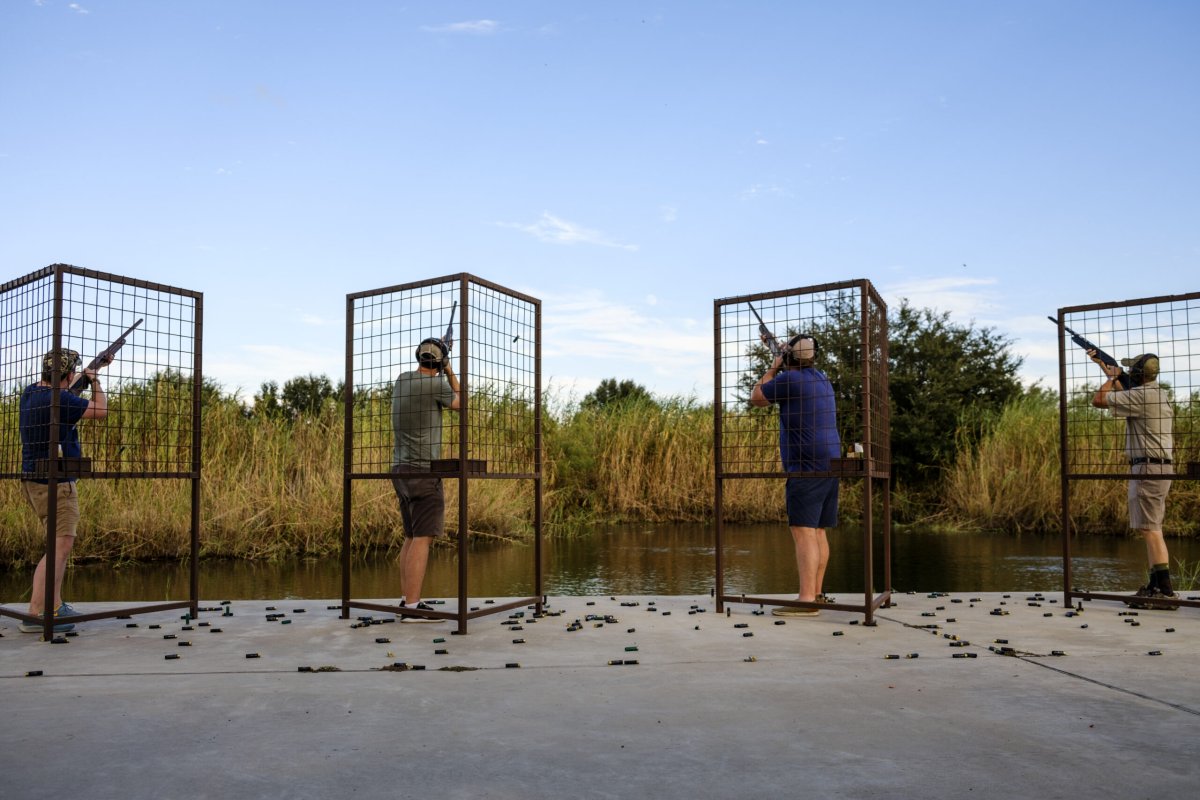benelli-banger
Well-known member
Confidence is half the equation…

 www.outdoorlife.com
www.outdoorlife.com
I think going away shots are the toughest as we dont like to cover up the bird.Yes…and a straight away requires a higher shot than what seems logical, IMO…
Exactly. And to those who say their gun shoots high so they don't have to cover them up, well that is relative to lead and flight of the bird. A bird that is gaining elevation rapidly you will have to cover up regardless. And also setting up a high POI is not beneficial to shoot birds that are flying low.
First off, you don't need 3" shells for pheasants. And as someone else posted, 3" many times will not pattern as well as a 1 1/4 oz. load in a 2 3/4" shell. Your choke configuration is good. Try some 2 3/4" shells with #5 or #6 shot. However, I don't think the big problem is your gun or shells, it's you. You are not squaring up the bird in the pattern and are hitting the birds with the fringe of the pattern.
I think going away shots are the toughest as we dont like to cover up the bird.
That's where the shims and gun fit come into play.
May be shooting low????I have a problem with birds going straight away from me also. I'll knock a bunch of feathers out and at times the birds get away. Bird will hit the ground hard and find a way to get away from us.
I’ve shot quite a few straight aways that are not too far above my dogs heads…I wait for them to rise more, and then, being cautious, I shoot higher than what seems called for…dead birds most of the time…I think you want to bust wings or penetrate the backbone high enough to hit the vitals…too low you’re perhaps in the guts or lower…not exact science, but I’d rather miss by shooting too high vs gut shooting and losing a bird…we know they’re rising most of the time when they flush…Not sure but I am doing something wrong. Typically I really like going away shots, but the head is typically not exposed to the shot.
I get where you're going with this, but the statement is incorrect. Typical shots, and the majority of pheasant hunting shots you can float the rooster. Shots where the bird is rising very fast you cannot see the bird as you described and hit it. Imagine the classic springing teal shot in sporting clays. You must place your shot where the target is going, not where it is. I've seen pheasants shoot straight up when flushed in woody thickets. I do have a citori. Keep in mind if you really wanted to float the target you could go with a trap gun, they often are set up 70/30. Trap is a game where the height the target flies is completely predictable.If your gun patterns like a Browning Citori - 60% above and 40% below actual (not subjective) aim point - the bird will be in the middle of the pattern if it is entirely visible above the bead going away or otherwise.
